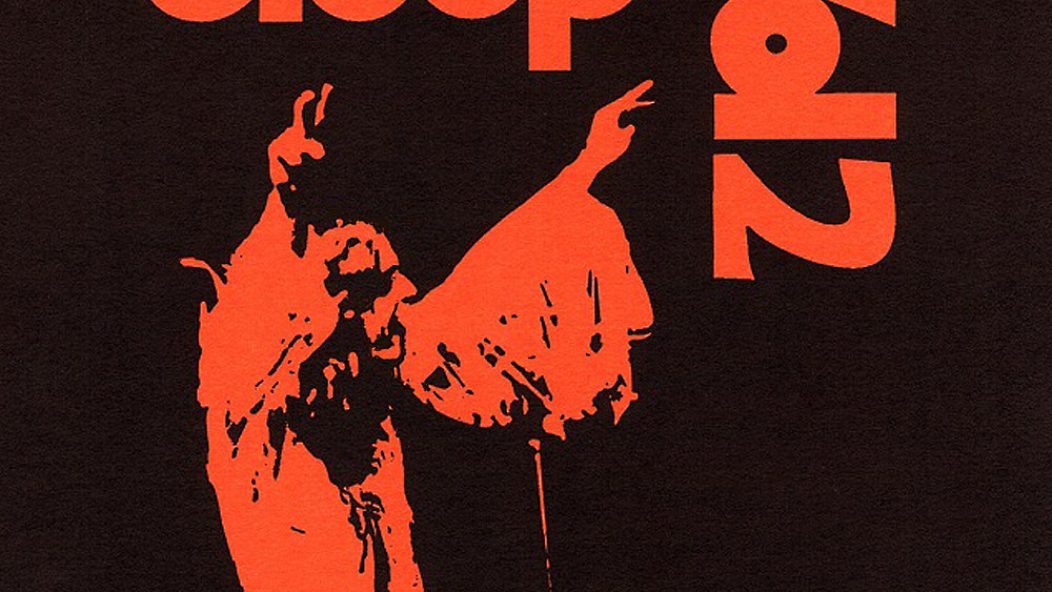
Ten Metal Cliches We Can Do Without
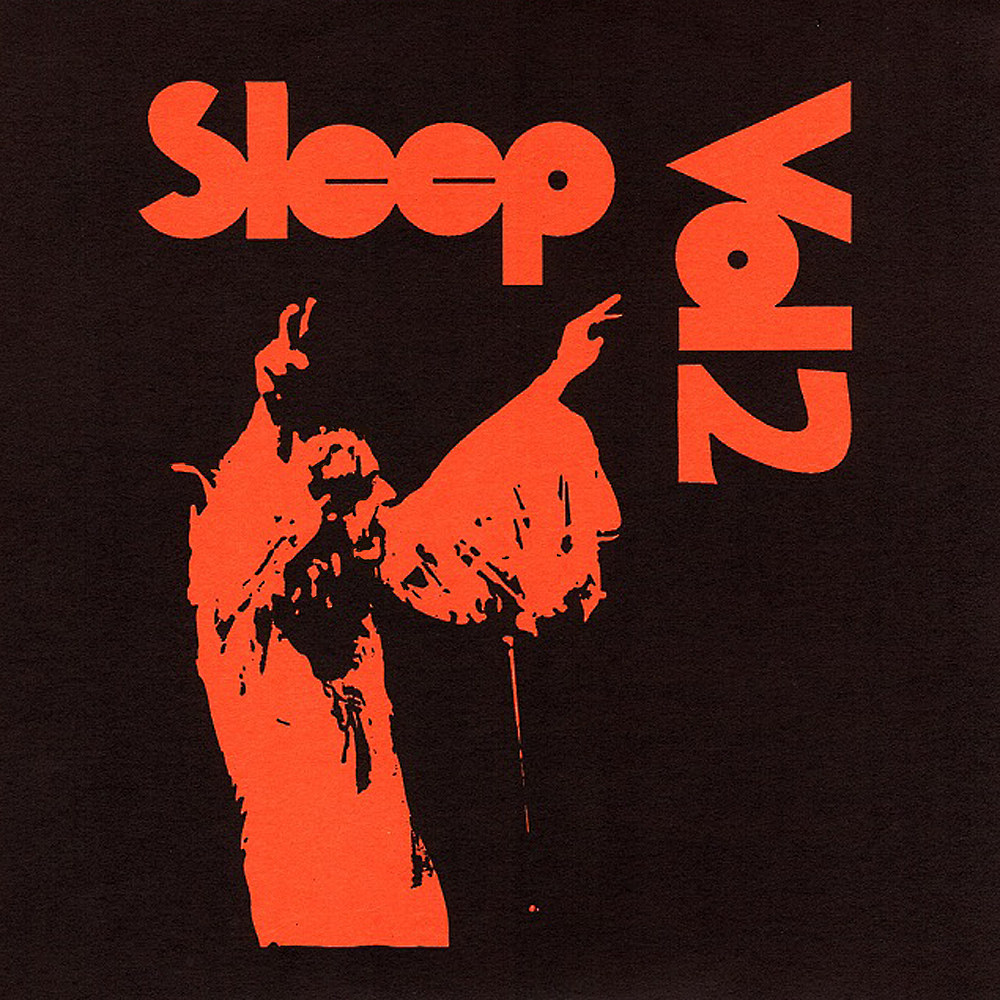
…
It’s too much to ask for every metal band to write wholly original music. Artists exist under the same genre because they use some of the same musical, lyrical and aesthetic ideas. Metal is metal because its bands aren’t dedicated to originality at the expense of style. But it’s not too much to ask that bands drop some of the cliches that have become far too common in the genre.
Black Sabbath was special and unique in early 70s in part because so few other bands played with occult and apocalyptic imagery the way they did. Those images and themes weren’t just powerful by themselves, they were awesome because so few people used them. The same goes for Metallica’s use of the Cthulhu mythos, of Slayer’s willingness to write songs about the Holocaust, and so on.
On the flipside, the more people use an image or style or sound that was once edgy, the duller it gets. At this point, some of metal’s most prized images have become so depleted that they bore instead of excite. It’s long past time to retire a few of them.
Respectfully and in descending order, here are ten cliches that metal could go without for the near future.
Leave your own suggestions in the comment thread.
…
The magic of the blast beat is that it seems to bend time. When Pete “The Feet” Sandoval kicks the double bass drums as fast as he can, it sounds as if he’s going slowly. And some bands use this to great effect. At the same time, though, one of the greatest strengths of the blast is the neck-snapping inertia that it emulates when it stops. Like most instrumental techniques, it performs at maximum power when it’s not the be-all-end-all. Now they’re a given songwriting element, and therefore a boring one, especially when they underline post-rock crescendos. To make blast beats exciting again, we all need to use them less.
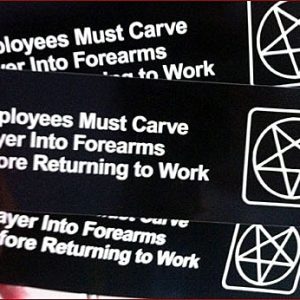
My personal opinions on Slayer aside, it’s obvious that the band still holds a tremendous influence on extreme metal as a whole. Much of the first wave of death metal more-or-less parroted the band’s sound, as has every wave of thrash knockoffs since. The trouble is that Slayer’s sound is iconic, and so recognizable that even a whiff of their chromatic gallops and dive-bombs instantly dredges up a little piece of “South of Heaven” or “War Ensemble”. The Slayer sound has been pushed to the brink by a litany of bands like Morbid Angel, Death and Ringworm. It seems ridiculous to suggest that anyone will ever launch into three minutes of chugs and double-time skank beats and leave a more indelible impression than Slayer did, so it’s time to stop trying.

On the contrary, nobody who copies Black Sabbath ever seems to really capture the band’s sound. Tony Iommi’s grim pentatonics still get quoted by a million stoner doom bands, but too few of them remember that at the same time Iommi was laying the foundation for the metal riff as we know it, Geezer Butler was shredding on his bass and Bill Ward was doing god only knows what with his off-kilter drum patterns, and those elements were part of what made Iommi’s riffs great. Sabbath were as much a prog band as a metal band, but their legion of imitators seem content to lazily bust out blues licks in unison on the bottom two strings of their instruments while the drums plod along on a four-four downbeat. Black Sabbath never did that beyond “Iron Man”, and one would think these myriad bands claiming to ‘worship’ Black Sabbath would understand that, but apparently not. Sleep captured this essential part of the Sabbath sound, as do a few self-consciously proggy doom acts, but beyond that I’m coming up short of exceptions. If we can’t even imitate them correctly, then why should we bother?
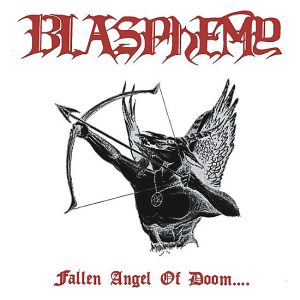
Putting aside for a moment that so much of the fan culture around war metal reads as a white supremacist meet-and-greet, has there ever been a metal trend so indebted to style over substance? Metal trends du jour tend to have a low barrier for entry in general, and in truth there’s not more Ross Bay Cult type bands now than there were folky black metal bands five years ago, but too often this sound consists of 95% tone and 5% riffs with some admittedly excellent drumming behind it. Sure, one could say the same about most grindcore and doom bands, and to be sure most of those bands suck too (and we’ll address one of them in short order) but both of those genres at least sport a few unmitigated geniuses, and neither mess with aesthetics so self-consciously edgy and callous.

Occam’s Razor represents more than the namesake of a sick band people often overlook. The principle that the simplest assumption is often the most correct also provides good reason to roll eyes whenever Matt Pike or Chuck Billy open their mouths about shape-shifting aliens running the planet. Too often great metal records and bands slide cringey ideas into their lyrics in the form of paranoid truthing. Good bands, too. The best album The Faceless ever did went full reptoid. Jaz Coleman of Killing Joke sings songs about George Bush masterminding the 9/11 terrorist attacks. In what world is this less worthy of ridicule than B.O.B. thinking the earth is flat? At best, songs about conspiracy theories provide light escapist entertainment, in other words a mild waste of time. At worst, they reinforce the kind of ideas that lead misguided people into hurting the innocent. Meanwhile, in the real world, corrupt people commit heinous evil with government authority without pretense or cover up; people are still drinking lead water in Flint, Michigan, but the only artist of note calling that to attention is King 810. And sure, nobody can definitively prove that our politicians aren’t extraterrestrial chameleons, but it’s a possibility so baseless and remote that it does not merit serious thought, especially when giving them serious thought can undermine the foundations of democracy.

We may see marijuana legalized in the United States of America our lifetimes, and that’s a good thing. For too long the harmless substance (well, mostly, depending on how it’s administered) has served as an excuse for the incarceration of people, especially African American men. Cannabis has a long history entwined with the movement of historic cultures. The history of the plant is, in some ways, the history of human civilization or at least one lens through which to view our history and glean knowledge from it.
Not that you’d get any of that from a metal band that talks about weed. Instead, a tired eyesore aesthetic reminiscent of 70s blacklight posters usually covers up empty nostalgia for a romanticized version of rock and roll history that mostly just made big companies rich (coincidentally something legalizing marijuana stands to do). Album titles that will never be as punchy as Dopesmoker and Dopethrone. Pedal boards substituting for good riffs. There’s nothing wrong with intoxication and good times, but bands that deal in hard drugs often explore the negative causes and effects of substance use and abuse. As for booze, there’s Tankard and drinking songs, but those acts don’t celebrate an anesthetic while claiming it’s a cure-all. And they don’t use neon dye, either.

There’s more money in merchandise than in selling music. You can’t download a tee shirt. And if we’re to take anything away from pop stars adopting heavy metal aesthetics, it’s that this genre punches above its weight in the realms of iconic imagery and graphic design.
That said, what am I as a listener to infer when a young band has more tee shirt options than songs written? (Uada, Weekend Nachos, we remember.) Or when a band clearly puts a ton of time and effort into having an interesting and detailed album cover, but writes rote songs in the well-explored style of another group? Here’s a tip. The great thing about the cover to Sunbather isn’t that it’s pink, it’s that it’s simple. Putting aesthetics over songwriting ignores the simple fact that keeps honest art afloat: content is king.

Metallica likely did H.P. Lovecraft’s estate holders a big favor when they used the cult classic pulp writer’s stories ‘The Call of Cthulhu’ and ‘Dagon’ as inspirations for their songs “The Call of the Ktulu” and “The Thing that Should Not Be” (even if Lovecraft’s estate wouldn’t let them use ol’ octopus-head’s real name in 1984). Lovecraft’s pantheon of tentacled and shapeless mind-bending monsters have since served as the inspiration for metal bands of all sub genre stratification, and driven even more readers into purchasing Lovecraft’s constantly-reprinted bibliography. Since the 80s, Lovecraft’s work has grown increasingly mainstream, spurring a critical re-evaluation, and lightly inspiring big Hollywood franchises (and near-franchises).
At the same time, though, the horror and fantasy community is turning away from Lovecraft , in part because Lovecraft’s racism even bled into his works, but also because he has lesser-known contemporaries. ‘True Detective’ did enough to popularize the Yellow King Mythos enough to make “Carcosa” a High on Fire song, but there’s more to weird fiction that even Robert W. Chambers, which means there’s more than enough creepy-crawlies to fill metal records without funneling more attention onto Lovecraft. A suggestion I’ve made before but will make again: Metal bands need to get on the China Mieville tip, or maybe Thomas Ligotti.

There was a point in time when Norse mythology and history seemed exotic and thrilling to me. The western humanities taught in public schools are still based, for the most part, on the Greco-Roman canon (the histories and mythologies of Egypt and Persia usually relegated to footnotes therein). Keep in mind, Disney made an animated musical about Hercules; that shit is officially no longer cool. Given that, where was the alternative for young minds starved for heroes and gods?
The Norse, though? They were awesome. Their gods were easily identifiable the way the Greek gods were, and their history was full of thrilling battles the same way Roman history was. Apparently that wasn’t a very unique idea; now vikings are everywhere. They do battle on television under pseudonyms in ‘Game of Thrones’, and are bastardized in ‘Vikings’. Thor, the Norse god Amon Amarth so often praises serves at the second-rate heavy and first-rate comic relief in a hugely successful film and comic franchise also owned by Disney. Not that this bothers Amon Amarth, who shamelessly mimicked the aesthetic of Marvel’s Loki on one of their album covers. When these names and images are lining the pockets of mainstream entertainment moguls they have no place in outsider art any longer, especially when so many other cutlures have their own rich military histories and spectacular mythologies.
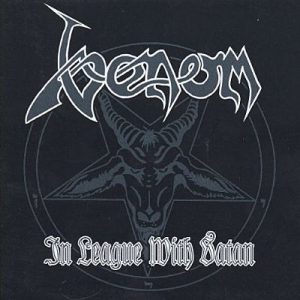
Does this even merit explanation? Satan, at this point, transcends cliche in metal. Understanding various interpretations of the Judeo-Christian devil constitutes learning a huge portion of metal’s aesthetic alphabet. He’s in “Black Sabbath” by Black Sabbath on Black Sabbath. He’s in every strand of metal’s DNA.
Here’s the rub: he’s barely in the Bible (and neither is most of his aesthetic accouterments). He’s barely in the world, either. The Church of Satan doesn’t actually worship the devil, though some smaller occult practices do. Further, as not-even-very astute critics point out: acknowledging the devil, at least in part, affirms the metaphysics of Christianity and the other Abrahamic religions that metal seeks to reject.
The devil no longer strikes fear in the hearts of normies. The Satanic Panic brought Satan into the minds of parents in the short-term, but normalized him in the long-term. Pop culture has neutered him into one more twist ending, or source of comic relief. The belief systems that position Satan as the nemesis of good are losing their potency. And the faith of such enemies of metal in their own metaphysics is called into question when they support avowed adulterers and sexual predators. There’s fewer Christians around and the Christians that remain are less Christian.
In-step with this, metal’s lost the ability to portray the devil as frightening, or even interesting. Deathspell Omega’s unsettling orthodoxy was the last time Satan off put the metal community at large, and it’s no longer niche. Thirteen years after Si Monvmentvm Reqvires, Circvumspice, their style is one other parroted subgenre. One more cliche.
The greatest antihero in literature deserves better. Metal listeners deserve better. The more Satan appears, the less potent he becomes. I love yelling “hail Satan” at protesters outside of Planned Parenthood as much as the next goofball in a patch vest, but for the sake of metal’s very first monster, it’s time to give him a break.










